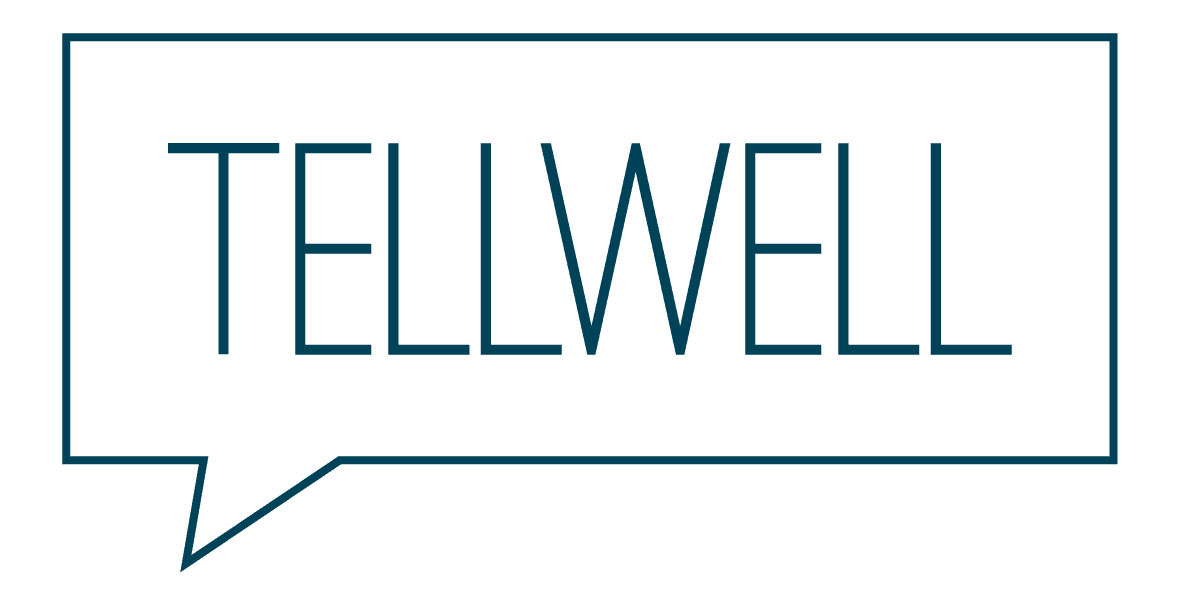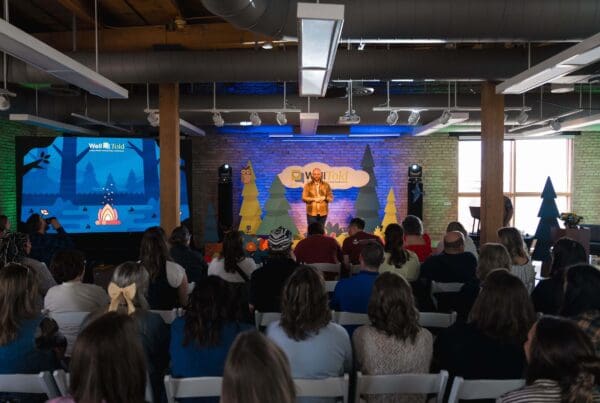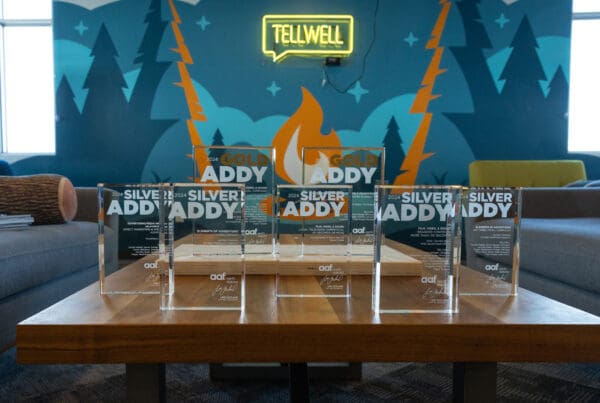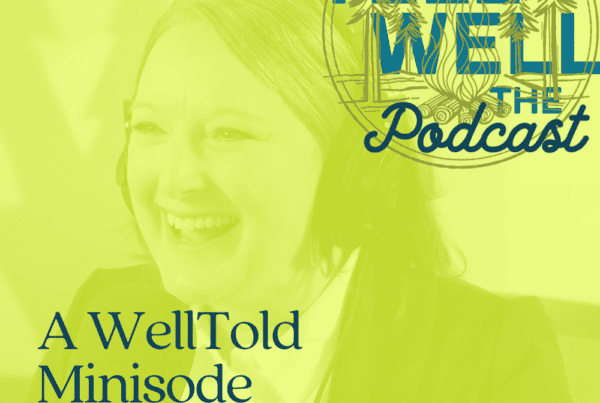The Nonprofit Leader’s Guide to Ethical Storytelling That Actually Builds Trust
Nonprofit storytelling has a dirty secret that nobody wants to talk about. You know it, I know it, and frankly, your donors are starting to sense it too. We’re so desperate to secure funding and prove our impact that we’ve accidentally turned human stories into what Lisa Nelson Haynes calls “trauma porn” – exploiting the very people we’re trying to serve in the name of donor engagement.
But here’s what I found fascinating during my conversation with Lisa, Chief Program Officer at StoryCorps: there’s a way to tell compelling, funding-worthy stories without compromising dignity or authenticity. Actually, she argues it’s not just possible – it’s more effective.
Meet Lisa Nelson Haynes: A Master of Ethical Community Storytelling
Lisa’s been in the storytelling game for over two decades, starting as associate director at the Painted Bride Arts Center in Philadelphia, then leading the Young Playwrights organization before joining StoryCorps nearly three years ago. What strikes me about her journey isn’t just the impressive resume – it’s how consistently she’s focused on community agency in storytelling.
“Every gig I’ve ever had foundationally has been about storytelling,” Lisa told me. “But it’s always about the story. It’s always about the storyteller, their perspective, how best for them to find their voice, and how they want to say things.”
That philosophy isn’t just nice-sounding nonprofit speak. It’s actually the foundation of StoryCorps’ methodology, which has been collecting and archiving personal narratives for nearly 22 years. Their approach? Two people who know each other sit down for a recorded conversation. That’s it. No prescribed questions, no agenda beyond authentic human connection.
Strategy #1: Treat Story as a Practice, Not a Tool
Maybe I’m wrong, but I think most nonprofits approach storytelling like a marketing tool – something you pull out when you need to write a grant or create a fundraising appeal. Lisa’s framing completely flips this thinking.
“I believe that it is a practice,” she explained. “And I think it goes back to what I’m talking about, the whole thing about narratives constantly evolving.”
Here’s what struck me about this: when you treat storytelling as a practice, you’re acknowledging that both your organization and the communities you serve are constantly growing and changing. You’re not looking for the perfect “before and after” story that fits neatly into your donor communications. You’re engaging with the messy, beautiful, ongoing reality of human transformation.
Implementation tip:Start team meetings with a five-minute story sharing practice. Not about your work – about anything. Notice how this changes the quality of conversations that follow.
Strategy #2: Embrace Asset Framing Over Deficit Framing
This is where Lisa’s ethical storytelling framework gets really practical. She’s talking about “asset framing as opposed to deficit framing” – understanding that even when you’re dealing with challenging situations, you can choose to center dignity and strength rather than problems and deficits.
“How do we do that in a way that we’re still honoring the person’s humanity in a very authentic way?” Lisa asked during our conversation.
I’ve been thinking about this since our call, and here’s what I think she means: deficit framing says “This person is broken and needs fixing.” Asset framing says “This person has strengths and agency, and our organization provides tools and support for their self-directed growth.”
The difference isn’t just semantic – it changes everything about how you structure your narratives, choose your details, and position your organization’s role.
Real example: Instead of “Maria was homeless and hopeless until our program saved her,” try “Maria was navigating housing instability while working toward her nursing degree. Our transitional housing program provided the stability she needed to complete her studies and secure her first position at the local hospital.”
Strategy #3: Recognize That Your Organization Has Narrative Agency
One of the most powerful insights from Lisa’s work with young people applies directly to nonprofits: “We have a narrative that is projected on us, and we hold on to that. We stay wedded to that. We don’t understand that our narratives are constantly evolving.”
Sound familiar? How many times have you heard (or said) things like “We’re just a small nonprofit,” or “We can’t compete with the big organizations,” or “Donors don’t understand our complex work”?
Lisa’s point is that you have more agency over your organizational narrative than you realize. Just like individuals can choose how to frame their stories, organizations can choose how to position themselves in the larger community narrative.
“I want young people to understand and to move forward with understanding that they have the agency of what that story is they want to tell, not what’s projected on them,” Lisa shared.
Strategy #4: Give Space and Grace for Narrative Evolution
Here’s something that made me rethink how we approach both donor relationships and community partnerships: Lisa’s insight about giving people “space and grace” to evolve beyond our initial impressions of them.
“I have to remind myself, as a practice, that just like I’ve grown and changed, you know, Mary sue has grown and changed too. And give her that space and grace for me to learn about who she is today.”
For nonprofit leaders, this means approaching both your donors and your community members with curiosity rather than assumption. That major donor who seemed disengaged two years ago might be ready for deeper involvement now. That community member who struggled with your program initially might have insights that could transform your approach.
Practical application: Create regular “listening sessions” with key stakeholders – not to ask for anything, but simply to learn how their priorities and perspectives have evolved.
Strategy #5: Build Stories Around Connection, Not Transaction
What I love about StoryCorps’ methodology is how non-transactional it is. They’re not trying to get anything from the storytellers except their authentic experience. And paradoxically, this creates something incredibly valuable: genuine human connection that gets archived for future generations.
“We believe that storytelling, your story and the sharing of your story is really foundational to our humanity. And that’s what connects us,” Lisa explained.
For nonprofits, this suggests a completely different approach to donor engagement. Instead of always asking for something, what if you created opportunities for genuine story exchange? What if you positioned yourself as a facilitator of connection rather than just a recipient of support?
Putting Ethical Storytelling into Practice
So how do you actually implement these insights in your day-to-day nonprofit communications? Start with these three shifts:
Shift your language patterns. Notice when you’re using deficit language (“lacking,” “struggling,” “vulnerable”) and experiment with asset language (“working toward,” “building,” “developing”).
Change your story collection process. Instead of asking “Tell me about your problem,” try “Tell me about what you’re working toward and how our organization fits into that journey.”
Reframe your organizational positioning. Rather than “We serve the most vulnerable populations,” consider “We partner with community members who are working toward [specific goals] and provide [specific support] for their self-directed growth.”
The Tellwell Connection
This conversation with Lisa reinforced something we’ve been seeing with our nonprofit clients: the organizations that build the strongest donor relationships aren’t the ones with the most dramatic stories. They’re the ones that treat their community members as whole humans with agency and dignity, and then share those stories authentically.
That’s exactly what we explore in our Seasons of Story framework – how to build storytelling strategies that honor both your mission and your community’s humanity while creating the kind of connection that leads to sustainable funding relationships.
Your Next Steps
Here’s my challenge for you: pick one story you’ve been telling about your organization’s impact. Now rewrite it using asset framing. Notice what changes when you center the person’s agency and strength rather than their problems and your solutions.
If you’re ready to dive deeper into ethical storytelling strategies that actually build trust with donors and community members, I’d love to explore how this could work for your organization. Book a planning call with our team to discuss how strategic storytelling could transform your mission’s reach and impact.
Because when nonprofit storytelling is done ethically – when it honors dignity while sharing authentic impact – that’s when change becomes truly unstoppable.
Ready to transform your nonprofit’s storytelling approach? Start with our free Seasons of Story framework at wetellwell.com/seasons, then book a strategic planning call at wetellwell.com/get-started to explore how Tellwell can help your mission become impossible to ignore.



